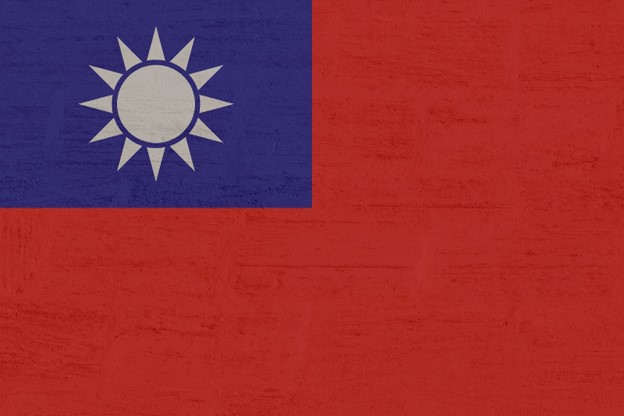Taiwan’s Ministry of Finance recently announced that its trade dependence on mainland China has reached its lowest level in 21 years, while also seeing historic growth in trade with the United States and Europe. As we approach the tenth anniversary of Taiwan’s Sunflower Movement, the world needs to understand that Taiwan’s continued economic resilience has measurably changed the island, more so than any other political policy since 1945. It started with a simple protest that still impacts the island today.
Student protesters in 2014 chose the Sunflower for its perfect symbolism, after receiving 1,000 blossoms from a local Taipei florist. The taì yáng hua (太陽花)is heliotropic, a flower that follows the direction of the sun. On March 18 of that year, hundreds of students, academicians, and civic organizations, among others, climbed fences in an attempt to halt the Kuomindang (KMT) party’s secretive enforcement of the Cross-Strait Service Trade Agreement. The demonstrators occupied the Legislative Yuan in a three-week-long sit in, in what became known as the first mass occupation of the legislative chamber in Taiwan’s history. The movement catalyzed economic policies calling for increased diversification of trade with the US and Europe and a reduced dependence and integration with mainland China.
It led to a shift toward the Democratic Progressive Party (DPP) and influenced Taiwan’s ongoing democratic resilience and international cooperation efforts in trade with the United States and United Kingdom, according to Lin Fei-fan, of the Jamestown Foundation. US Senator Sherrod Brown, a founding member of the Congressional Taiwan Caucus at the time, urged Taiwan’s KMT President Ma Ying-jeou, to ensure a non-violent solution and accused him of trying to jam a trade agreement through the legislature against the wishes of the people of Taiwan.
The Sunflower Movement succeeded, setting the stage for Taiwan’s economic independence, safeguarding its democratic system from external interference, and aiding in its democratic achievements over the last decade. The Umbrella Movement in Hong Kong followed that September as people demanded Beijing fulfill its promises to allow the people to govern Hong Kong. The two movements, however, had very different endings. The Sunflower Movement not only blocked passage of the Cross-Strait Service Trade Agreement, it also disrupted Ma’s push to integrate Taiwan further politically and economically with the mainland, along with his goal of eventual reunification.
In the following months following the start of the Sunflower Movement, public opinion changed in Taiwan and hope grew that there was a viable path to avoid Beijing’s coercive attempts to undermine Taiwan’s government. In the 2014 fall election, the KMT ruling party lost its midyear referendum in eight municipalities and counties. Then in 2016, the people elected DPP candidate Tsai Ing-wen (蔡英文) as president in a move seen as completing Taiwan’s third democratic transition. She proposed the New Southbound Policy (新南向政策) to reorient Taiwan toward emerging markets in Southeast Asia and India, according to Lin. As Taiwan shifted toward forward-leaning infrastructure projects and energy transition initiatives, businesses started returning to the island and investing in Taiwan’s future. By 2022 Taipei’s official economic investments in Southeast Asia surpassed those of Beijing. Over the last eight years Taiwan’s economic reliance on Beijing has declined from 45% of Taiwan’s exports during the Ma administration to 35% last year.
In last month’s presidential election Taiwan chose the DPP candidate for a third consecutive term, setting a post-democratization record. President-elect Lai Ching-te, however, was unable to secure a majority in the legislature and pro-China leaning, KMT legislator Han Kuo-yu was elected speaker. His election brings a tone of some uncertainty to Taiwan about its continued ability to reform its defense policies and cross-strait relations. Taiwan needs to increase the pace and level of its defense autonomy to respond to the current China threat. Economically, Lin says, Taiwanese companies are shifting their investments towards the West and other countries across Asia. It is strengthening democratic forces in Asia.
A decade ago, Taiwan chose to listen to the Sunflower protesters and not to kow tow to its powerful authoritarian neighbor. Using civil society and large-scale social movements it prevented its ruling party from moving closer to rule under Beijing. The lessons learned from the Sunflower Movement still serve Taiwan as a beacon of hope. It led the island in a new direction and continues to support its democratic connections to the world.
Daria Novak served in the U.S. State Department
